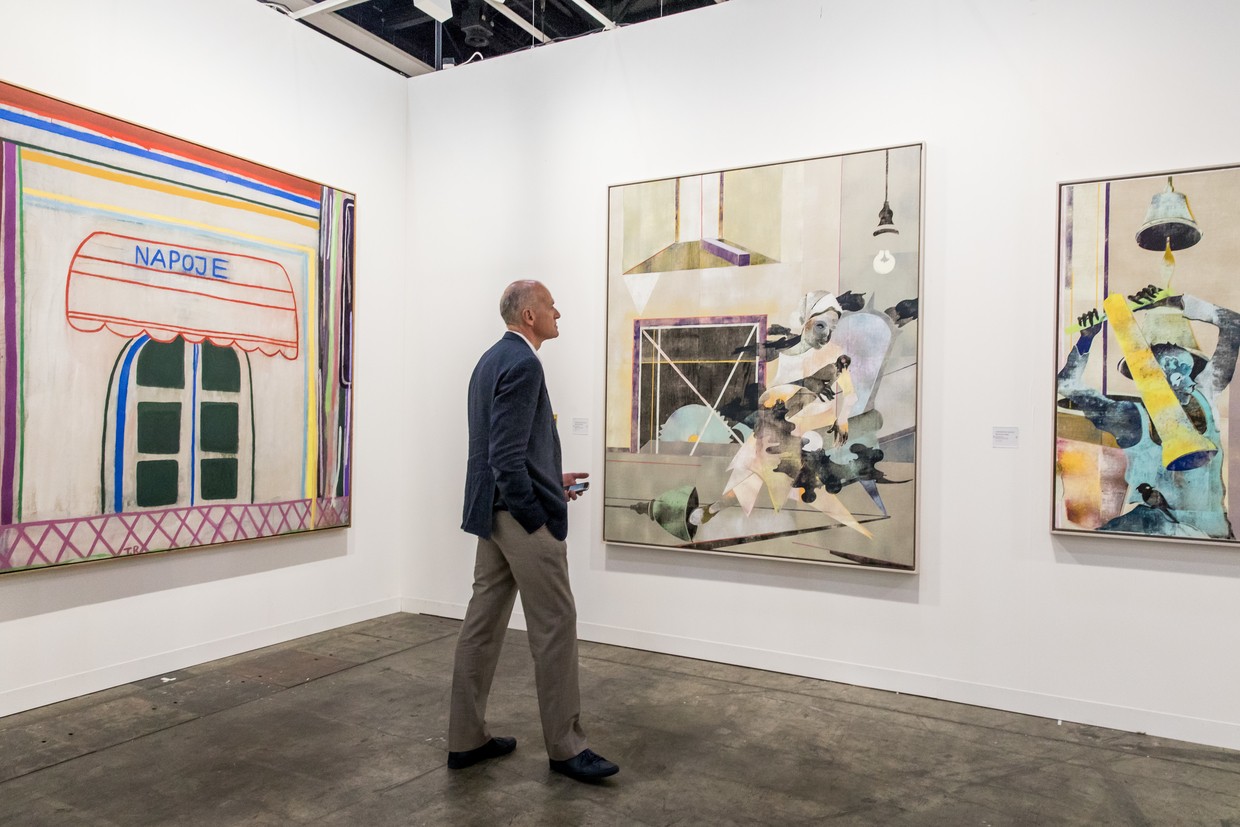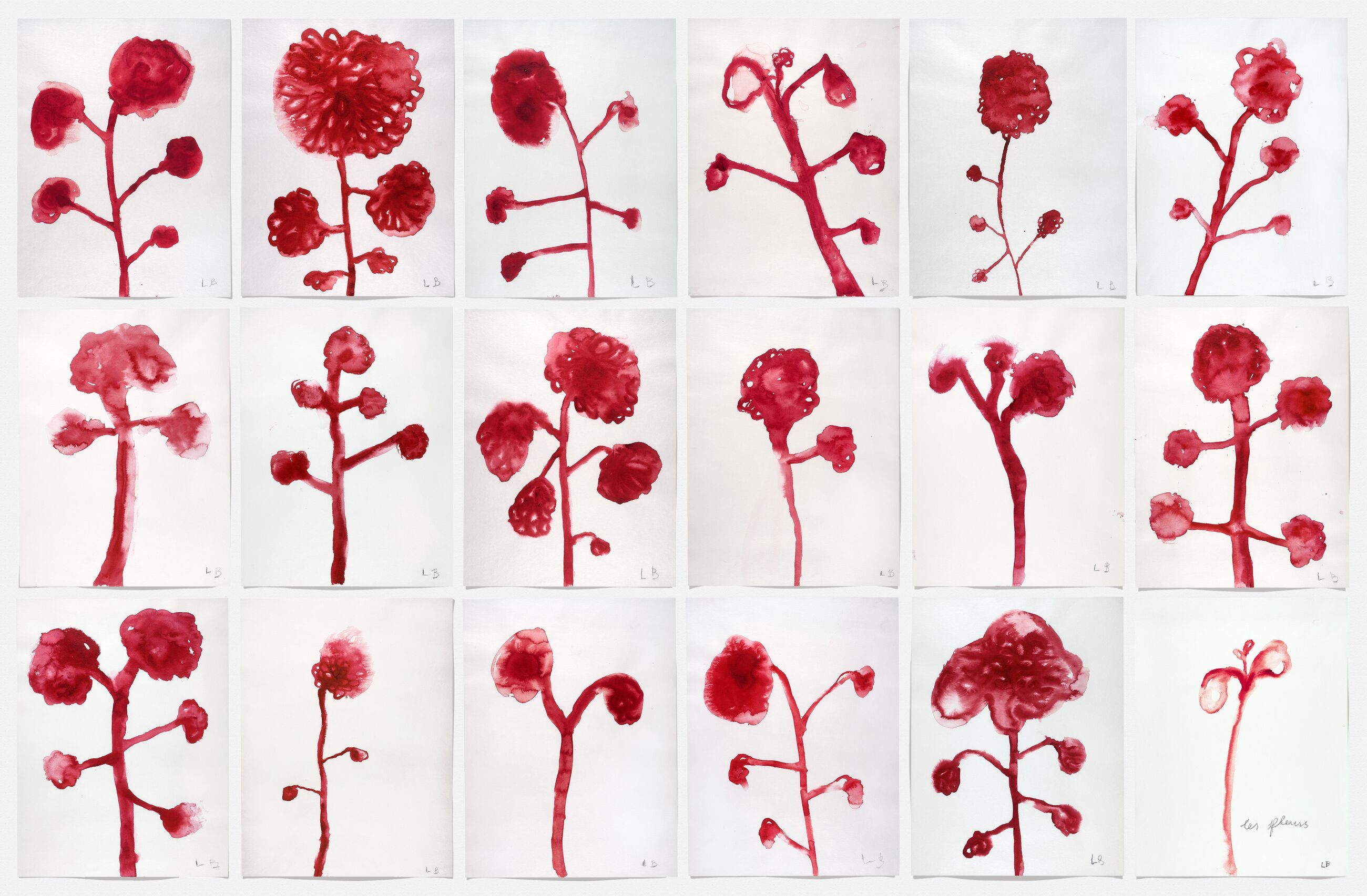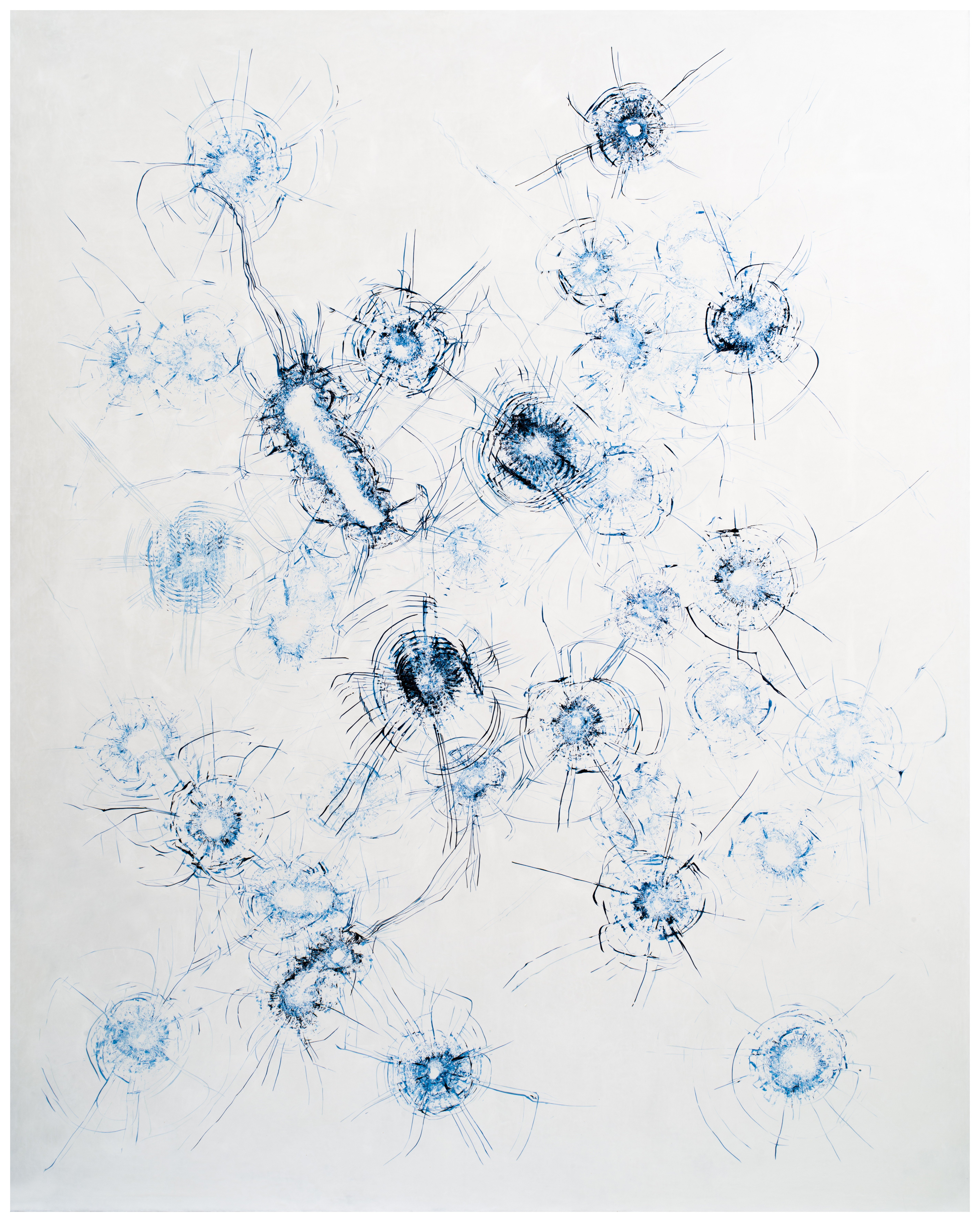Art Basel 2019: Why Hong Kong is a lightning rod for luxury art in Asia

Worldwide art sales grew 6 per cent to US$67.4 billion in 2018, according to the latest Global Art market report.
Auction houses, an important point of sale in the art ecosystem, also report strong growth in line with the trends outlined in the report produced by Art Basel and UBS, an international bank.
And 2018 was the best year in the history of Sotheby’s Asia, says CEO Kevin Ching.
“With an auction total of US$1 billion, well ahead of our competitors for the third consecutive year, the results cement our leadership in Asia,” says Ching.
Asian clients account for 26 per cent of Sotheby’s worldwide auction sales. Buyers from the region also accounted for six of the top 20 lots auctioned by Sotheby’s around the world.
Though there remains a gap in data as to where precisely those buyers are from, it is fair to say Hong Kong is becoming a lightning rod for luxury art in the region, especially with the plethora of art events over the next few months.
Fabio Rossi, the owner of London and Hong Kong-based gallery Rossi & Rossi, believes this points to a maturing of the market.
“I believe Hong Kong is a mature market already. But at the same time, it is also developing so there are great opportunities for growth,” says Rossi.

He is not the only one with this point of view.
“The Asia art market has been rapidly picking up over the last few years with growing interest from all corners of the continent. Hong Kong is at the forefront and is proving itself to be the natural leader of the region,” says Sharlane Foo, the director of Opera Gallery. “With draws like Art Basel and Art Central bringing in the world’s best collectors it really drives the quality of art and galleries that are being showcased here.”
According to Foo, the luxury art market has many facets, including classics, blue chip and contemporary.
“For the most part, works that fit would be by critically acclaimed artists but overall there is no specific type that fits a luxury art market. The market demands certain artists who are either in vogue or have historical value and significance,” she says.
The city’s position as a financial hub also plays a role in its status as an arts centre.
“Financial markets have always traversed into the art world. With the same supply and demand mentality, investors are now looking into alternative investments and this is where we come into it,” says Foo, adding that “exclusivity” is the keyword for such buyers.
Rossi points out that dedicated collectors who are willing to support artists and galleries “with a long-term view” are essential growth factors.
I believe Hong Kong is a mature market already. But at the same time, it is also developing so there are great opportunities for growth
Besides the demand, other factors foster a luxury art market. “A concentration of professional galleries at all levels: the ones promoting blue-chip artists and those promoting emerging ones. Institutional presence matters, too.
Museums that collect and exhibit both local and international artists are important,” says Rossi, who also cites a need for “local artists with international profiles” and “in-depth critical writing” in the media.
Opera’s Foo says the art world has its own ecosystem that helps drive the market.
“With honesty and integrity, dealers play a key role in advising on market trends. By ethically sourcing and suggesting complementary works to complete a collection, or getting someone started on collecting in the first place,” she says.
“We play a role in being protective of our clients, ensuring the authenticity of each piece we transact. Dealers should also be equipped with a vast knowledge base that is vital in client purchases and growth.”
Rossi concurs. “Art dealers can contribute to the healthy developing of the market by mounting in-depth exhibitions and by supporting and promoting artists,” he says.
Rossi also feels that art dealers have a big responsibility in advising and educating collectors, especially the ones who are just beginning.
Education is critical in moulding the market’s perception of art.
“Art should not be treated as a commodity nor as a tool to escalate your social status. New collectors are beginning to travel to museums all over the world and are being exposed to great works of art. They are now looking at art with a critical eye and, hopefully, will no longer buy the brand of the seller but the art itself,” says Pascal de Sarthe, founder of de Sarthe Gallery.
Many art galleries today are becoming “luxury shops”, he observes. “Most look alike and show the same kind of art. Contemporary art has become ‘a must have’ luxury item and more than ever the old saying ‘Buying with your ears, not your eyes’ applies to the way art is collected these days.”
We play a role in being protective of our clients, ensuring the authenticity of each piece we transact
Rossi also has strong views on the market. “I am reluctant to associate ‘art’ with ‘luxury’. Art is the ultimate expression of human endeavour and creativity and its value goes well beyond any ‘luxury’,” he adds.
“Also, ‘luxury’ tends to be associated with ‘expensive’ whereas great art can also be very affordable. Art should never be valued according to price,” Rossi cautions.
Nonetheless, art collecting is steadily growing.
“In many ways, Hong Kong’s impressive position is steadily redefining and setting standards on the global scale as a home and access point to some of the world’s great collectors, art aficionados and galleries. The Asian art market is in a strong position to grow, with Hong Kong spearheading the movement,” Foo says.
Rossi too is optimistic about the arts in Asia. “The market is healthy and growing, new collectors are becoming savvy and mature. The future is bright.”
Want more stories like this? Sign up here. Follow STYLE on Facebook, Instagram and Twitter

- Top fairs like Art Basel and Art Central are bringing in the world’s best collectors, which drives the quality of art and galleries being showcased in the city


